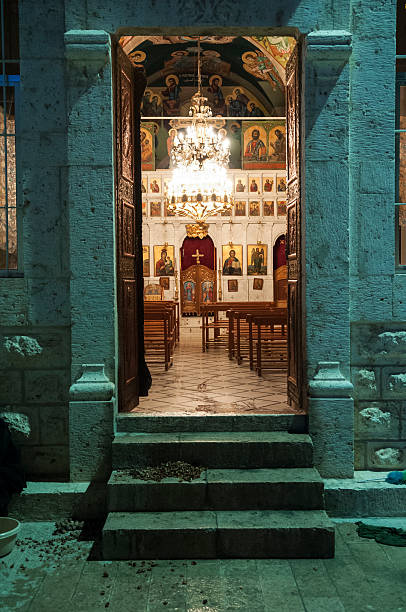Saint Thecla was the daughter of a Seleucid nobleman and a trusted disciple of Saint Paul the Apostle. Through her unwavering faith and enduring persecutions, she gained great prominence in Christian traditions. According to the legend, Thecla was being chased by Roman soldiers after she had embraced Christianity. While fleeing, she traversed a mountain and, lifted with fervent prayer and adoration, saw the miraculous event of the mountain splitting before her, thus providing her shelter in a cave that would soon be hallowed by her presence. In this hideout, she spent the rest of her days caring for the sick and promoting Christian teachings until she died at the ripe old age of ninety. Since then, this holy site has been known as a special pilgrimage site, with people coming here to get blessings from the sacred spring inside the grotto whose healing fingers are said to never fail. The monastery stands as a co-celebration of several faiths and welcomes Christians and Muslims alike. It also serves to preserve the Aramaic language, spoken by Christ himself, in keeping with the culture of Maaloula, one of the few villages left where this ancient tongue is still spoken. During the Syrian crisis, the monastery was treated with grave devastation, the church being set afire while the precious icons were looted. But in spite of these difficulties, the restoration endeavours were set in motion by the Greek Orthodox Patriarchate of Antioch alongside the Russian Orthodox Church, in an attempt to bring this ancient sanctuary to its former glory.















